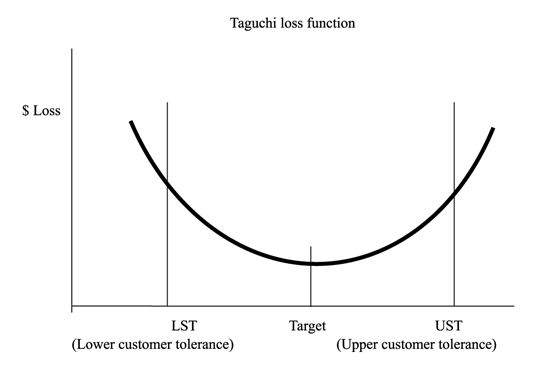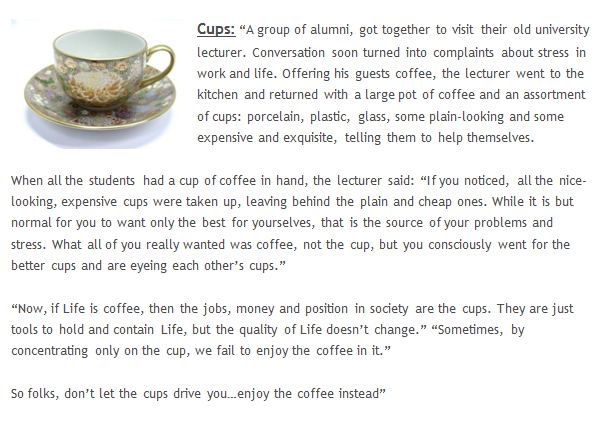Sources of
variation can be categorized into two major categories. These are called common
cause variation and special cause variation.
Common Cause
Variation:
·
Present all the times in the process
·
Individually will have a minor effect
·
Collectively the variation can be added up
leading to significant effect
Special
Cause Variation:
·
Not always present in the process
·
Appear sporadically
·
Come from outside the process
·
Can have large or small affect on variation but
typically have major impact
Strategy to
address special cause:
·
Gather the data real time to signal the special
causes quickly
·
Take immediate actions to reduce the damage
·
Investigate for the cause – Understand what is
different
·
Plan for a long term solution
Strategies
to address the common causes involves
·
Stratify – Identify the patterns in the way the
data is clustered or do not clustered
·
Experiment – Make planned changes and learn from
the effect
·
Disaggregate – Break the processes into small
pieces and manage the pieces effectively
7 Step
method of process improvement:
1.
Purpose
·
What are
we trying to do?
·
What problem/gap is being addressed?
·
What is the impact?
·
What are the other reasons to fix this gap?
·
How to know things are better once improved?
·
What is your plan for this project?
2.
Current Situation
·
What is the history?
·
What are the symptoms of the problem?
·
Where do they appear?
·
What happens when the problem occurs?
·
Who is involved?
·
Can we draw the flowchart to depict the process?
3.
Cause Analysis
·
What are the causes for the symptoms?
·
Which can be verified using data?
·
What are the potential root causes?
4.
Solutions
·
What actions will address the root causes?
·
What criteria can be used to compare the solutions?
·
What are the pros and cons of each solution?
·
Which is the best? Which one will be selected?
·
How to test in a small scale? How to verify with
data?
·
Which solution proved to be more effective?
·
What are the plans for full scale
implementation?
5.
Results
·
How will the results meet the targets?
·
How well the plan executed?
·
How the results can be sustained in future?
6.
Standardization
·
What is the new standard method?
·
How will the users be trained?
·
What is in place to ensure the results are
maintained?
·
How the results will be monitored?
·
What means are in place to foster ongoing
improvements?
7.
Future plans
·
What is not addressed by this project?
·
What are the recommendations?
·
What is being learned from the project?
·
How the documentation will be finished?
·
What is the exit criterion to close the project?
·
Did we meet the exit criteria?















